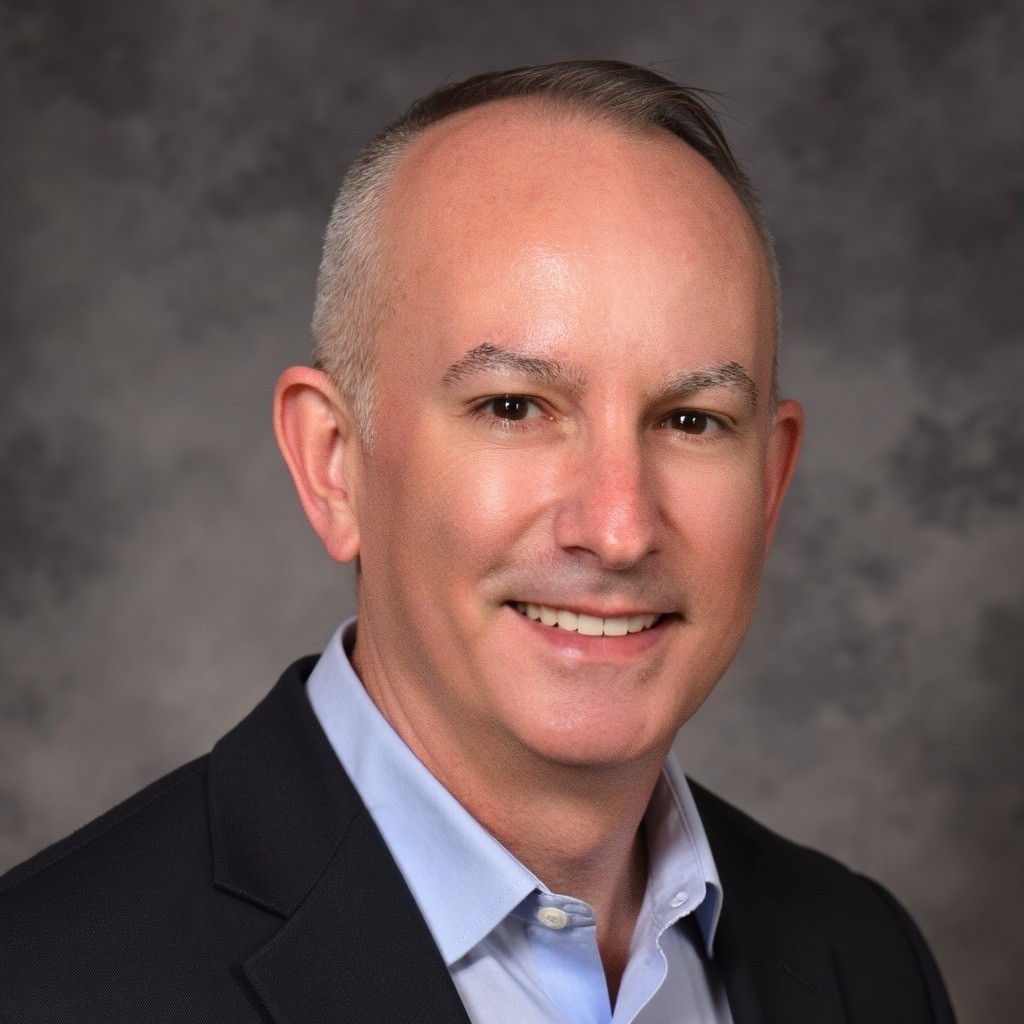Occupational Health & Safety - October 2013
By: Shawn M. Galloway
Printable Version
An entrepreneur, attempting to establish a new business, selling what he believes will be a groundbreaking new product, meets with a group of prospective investors. During a discussion about his strategy and business plan, the exchange turns to measurement. An investor asks him how he will measure his success and the entrepreneur responds with, "Well, simple. I will know I have a successful business when indicators validate I haven't upset a single customer." Sounds absurd, doesn't it?
Further, imagine a team coach gathering the players in the pre-game locker room strategy and motivational pep-talk, announcing to the group, "Alright folks, I want you to go out there and not screw up! That's how we will win this game!" Coca-Cola Company past CEO, Roberto Goizueta, identified, "The moment avoiding failure becomes your motivation, you're down the path of inactivity. You stumble only if you're moving." Businesses and athletes do not succeed and reach excellence by failing less. We know this; yet this is how we still today, manage safety efforts.
What happens if an employee does something wrong in safety, or if an employee goes above and beyond? Safety is notoriously focused on what not to do with increasing rules and a heavier emphasis on progressive discipline than progressive recognition, leading to many employees disengaging and working to avoid safety conversations, initiatives and communication. Within your organization, what currently motivates an employee to do more than what is necessary (e.g., rules, policies, procedures)? What currently demotivates them? What has greater weight on operational decisions and behaviors, the present motivational or demotivational aspects of work life?
Motivation and demotivation are intrinsic. However, leaders construct environments conducive to the creation of a motivated or demotivated workforce. Many times, this has a lot to do with the goals that are set and the measurements used against them. Measurement is supposed to provide insight into results and what to do to improve, and prompt and motivate action. When measurement is focused more on the reduction of failures rather than on progress towards, and recognition of, visible success, mistrust and avoidance behavior are often created. These are not characteristics of highly effective cultures.
Most organizations still struggle with evolving past zero injury goal measurements. An injury, like a quality defect, is a systems error. It is doubtful that the reader's safety management system was created with purposeful gaps and chinks in the armor. However, when an employee is injured, they have just found one. Reacting to this event to learn and prevent future occurrences is, without question, vital. Safety excellence is never reached by exclusively managing failures and reacting perfectly. Business excellence is the continuous quest to repeat great results, knowing precisely how the results were obtained, having confidence in the forecasting of even better performance and a healthy discontent for the status-quo while continually searching for a better way.
Greater difficulty lies not in achieving zero injuries, but in the ability to confidently articulate why it was reached and how it will be repeated and improved upon in the future. This requires the ability to forecast and strategically plan. Such a plan towards safety excellence begins with clarity of the vision of what it will precisely look like when you get there, including what performance (cultural and injury-prevention) would be observed when the vision became reality. Only following this, can an organization effectively and proactively begin to prioritize the steps they will take to achieve success, validated by measurements indicating what they want is increasing in visibility.
Great leaders, inspiring discretionary effort, create cultures motivated by achieving and measuring success rather than solely avoiding failure. Beginning each year with a goal of zero injuries without also including desirable performance improvement, (e.g., measurements that validate performance improvement due to proactive activities) sends the message, "I want you to work harder this year to fail less!" No organization is motivated to excellence with this. Yet, unfortunately, in most safety management systems, this persists.

Shawn M. Galloway is the CEO of ProAct Safety and an advisor to leading organizations across all major industries. With over twenty years of experience in safety systems, strategy, culture, leadership, and employee engagement, he is a trusted advisor, keynote speaker, and expert witness.
He is the author of several bestselling books and has multiple regular columns in leading magazines, with over 400 articles and 100 videos to his credit. He also created the first safety podcast, Safety Culture Excellence, with over 800 episodes. Shawn has received numerous prestigious accolades and has been featured in Power 101 Leaders of the EHS World, Top 50 People Who Most Influenced EHS, Top 40 Rising Stars, Top 11 Health and Safety Influencers, and Top 10 Speakers.
He serves on the Harvard Business Review Advisory Council and the Fast Company Executive Board. He has appeared as a guest on Bloomberg, Fox News, The Daily Mail, Dubai One, U.S. News & World Report, Sirius Business Radio, Wharton Business Daily, and leading safety magazines and podcasts, reinforcing his status as an authority in the field of safety excellence.
For more information, call +1.936.273.8700 or email info@ProActSafety.com.
